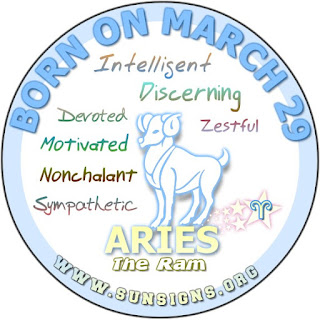Beware of Talking Heads
I love Talking Heads, at least when I'm speaking about music. If you're not sure who Talking Heads are--yeah, I'm looking at all you young ones out there--then take some time to listen to their classic song, Psycho Killer:
But of course, I digress.
The talking heads I don't like are not the musical group but characters in a story, engrossed in dialogue, and the only things the author has given to me are the words of the conversation. No setting. No gestures. Nothing that grounds me, as the reader, in the scene.
I'd love to give you an example from one of the books I read recently, but if I did that, I'd out the writer and I don't really feel like doing that at the moment.
So here's what I will do. I'll pull out a conversation from the novel closest to me right now, and take out anything from the scene except the dialogue. (Here's hoping that the book I choose is well-written, right?)
Just to quench your curiosity, I'm taking an excerpt from The Sin-Eater's Daughter, by Melinda Salisbury. This scene comes from p. 87.
Now let's see the version that's in the published edition of the book:
I don't have the answer, but apparently, C.S. Lakin does. In fact, if you go check out this post, she'll show you how it's really done with a technique called a THAD (Talking Heads Avoidance Device). The device was first conceived by Elizabeth George, but Lakin does a beautiful job explaining what it is and how to use it, and she includes a descriptive, useful example.
Having read the post, I know I have a lot of work cut out for me. But seriously, what good writer doesn't?
Happy Writing!
But of course, I digress.
The talking heads I don't like are not the musical group but characters in a story, engrossed in dialogue, and the only things the author has given to me are the words of the conversation. No setting. No gestures. Nothing that grounds me, as the reader, in the scene.
I'd love to give you an example from one of the books I read recently, but if I did that, I'd out the writer and I don't really feel like doing that at the moment.
So here's what I will do. I'll pull out a conversation from the novel closest to me right now, and take out anything from the scene except the dialogue. (Here's hoping that the book I choose is well-written, right?)
Just to quench your curiosity, I'm taking an excerpt from The Sin-Eater's Daughter, by Melinda Salisbury. This scene comes from p. 87.
"Twylla. I hope I find you well. I have obtained special permission from the queen to escort you to the portrait gallery while the servants prepare your room. Your guard will remain here to supervise the arrangements."That's it. We have no context clues to let us know what the people are doing or who they are. Granted, if we're on p. 87 of a book, we presumably know who the characters are and where they might be, but when written correctly, we, as the reader, gain a richness of scene that isn't present in the above example. Talking heads. Two of them.
"Twylla? Are you ready?"
"Yes."
"It's fine, Twylla. Please, go on."
Now let's see the version that's in the published edition of the book:
"Twylla," he greets me, and I drop into a bow. "I hope I find you well. I have obtained special permission from the queen to escort you to the portrait gallery while the servants prepare your room. Your guard will remain here to supervise the arrangements."In this version, we've gained a plethora of details. We are reminded that the man talking is royalty (since Twylla bows to him). We know the prince smiles at Twylla and that she is surprised by what he says to her. And we know that she's hesitant to go with him and that perhaps, she doesn't quite trust him. While we don't really know Twylla's reasons for hesitating, reading on in the book will probably reveal the issue. Salisbury managed to help me go from two talking heads to "seeing" the characters as if in a play or a movie. This question remains though: Is it enough?
My mouth falls open and the prince bites his lower lip as it begins to curve upward. I blink at him, unsure whether I heard him rightly.
"Twylla?" he says when I continue to stare at him in awe. "Are you ready?"
"Yes," I nod shakily, pulling myself together. He doesn't offer me his arm; instead he gestures for me to leave before him. I hesitate, unwilling to present my back to him, but he nods.
"It's fine, Twylla. Please, go on."
I don't have the answer, but apparently, C.S. Lakin does. In fact, if you go check out this post, she'll show you how it's really done with a technique called a THAD (Talking Heads Avoidance Device). The device was first conceived by Elizabeth George, but Lakin does a beautiful job explaining what it is and how to use it, and she includes a descriptive, useful example.
Having read the post, I know I have a lot of work cut out for me. But seriously, what good writer doesn't?
Happy Writing!


Comments